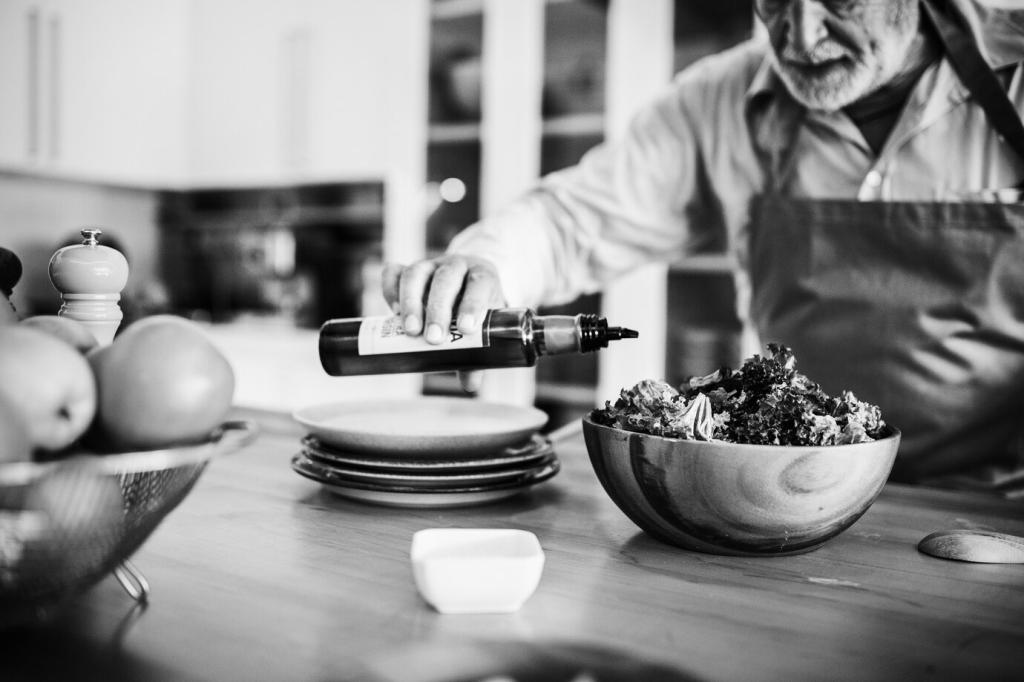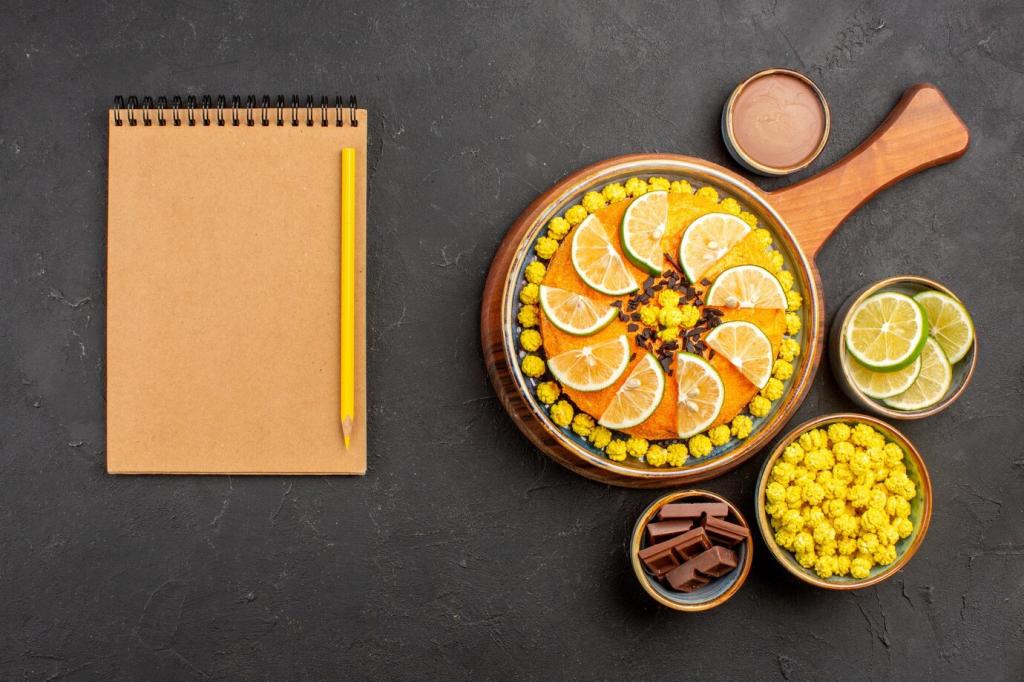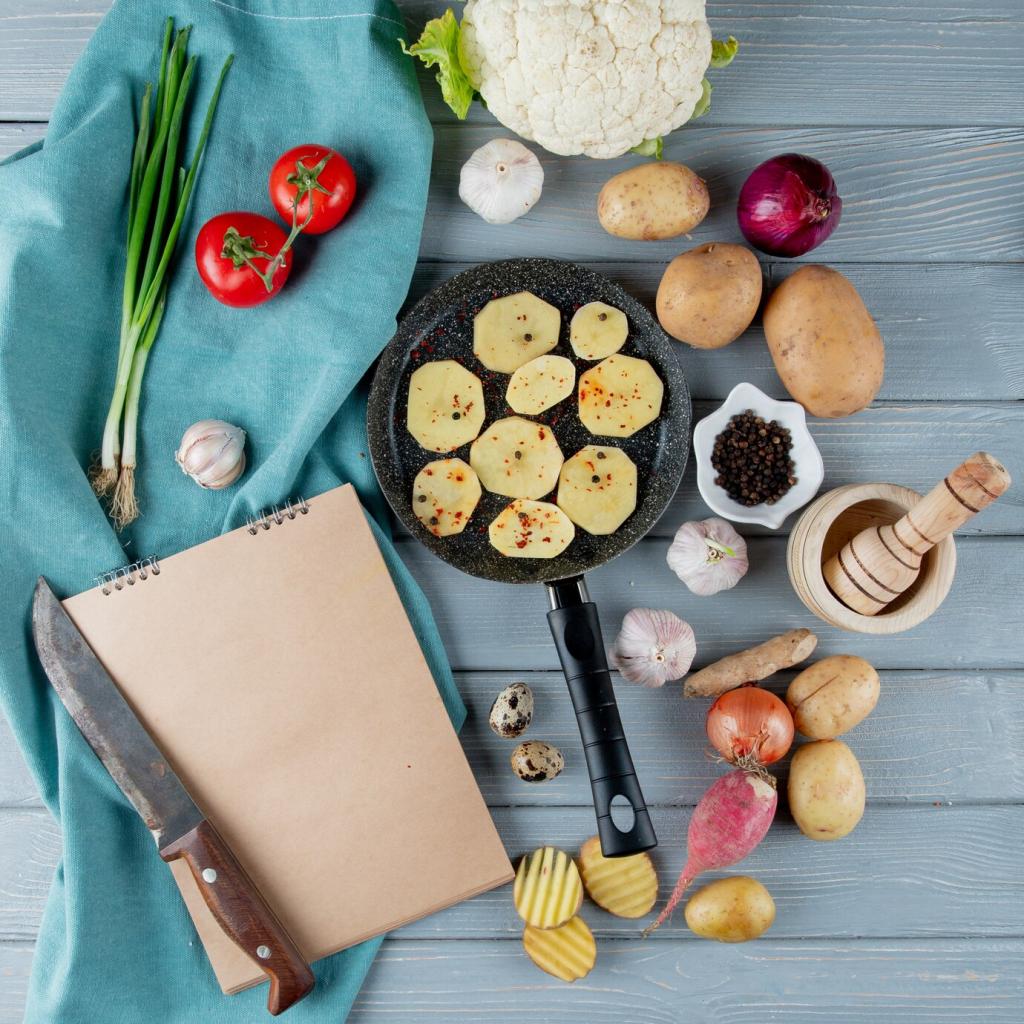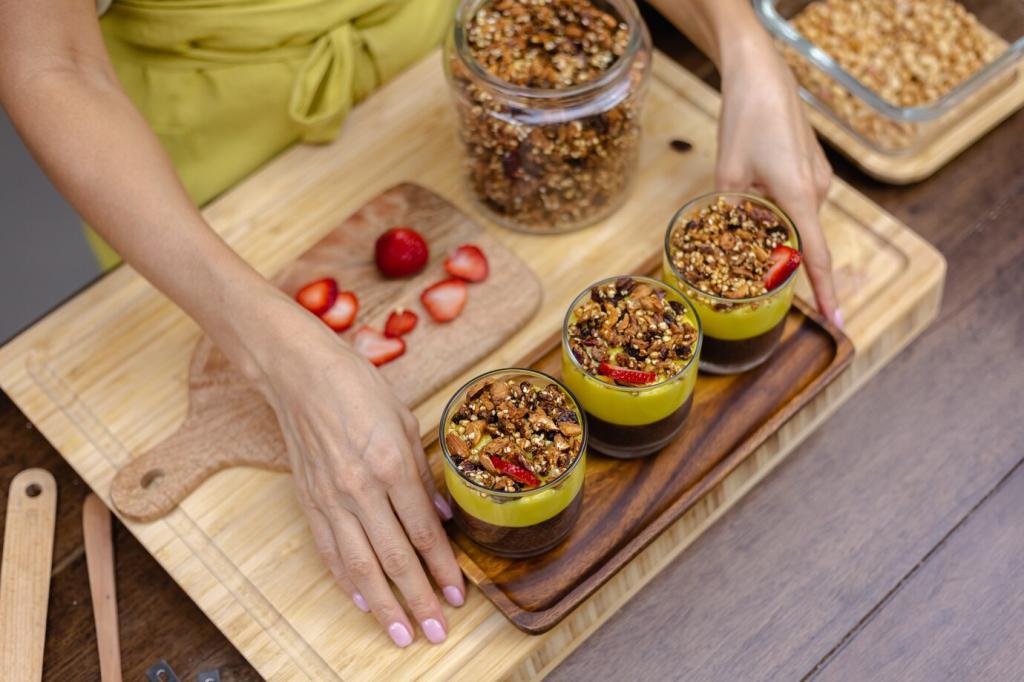Why Presentation Shapes Perception
Studies show presentation primes flavor perception: neat lines suggest precision and acidity, while swoops whisper richness. With artistic plating techniques, you choreograph that first glance, opening the palate for the story the dish intends to tell.
Why Presentation Shapes Perception
Artistic plating techniques shine when every stroke respects the diner’s fork. Keep portions approachable, sauces accessible, and textures aligned so the beautiful composition also supports clean bites, comfortable sequencing, and a satisfying finish to every mouthful.






